Hurricane Cleanup and Recovery
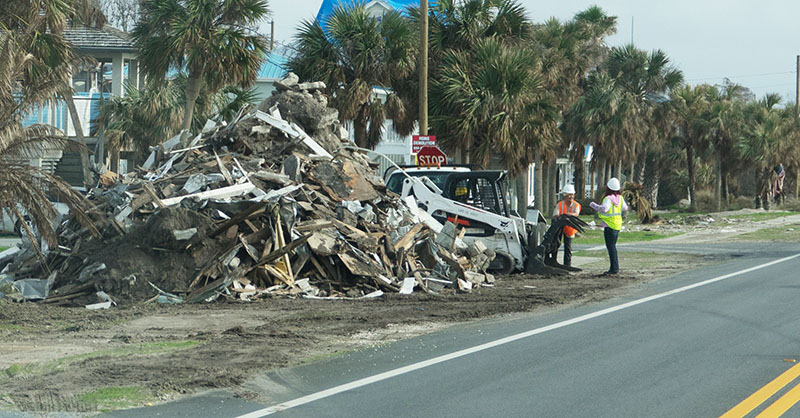
The potential for fatal accidents involving electrocution from power lines, as well as serious injuries associated with hurricane cleanup and recovery efforts for workers and the public can be avoided by following appropriate safety and health precautions.
Common Hurricane Cleanup and Recovery Hazards and Safety Tips
Common hurricane cleanup and recovery hazards include:
- Cleanup health hazards
- Falls
- Heat/Sun
- Fungi
- Flood cleanup
- Electrical
- Animals: Insects/Reptiles/Snakes
- Waterborne contamination and diseases
- Fire
Cleanup work of any kind is hazardous, but flood conditions make it even more so. Following the below procedures should help improve your safety while cleaning up.
Cleanup Health Hazards
- Take frequent rest breaks when lifting heavy; water-laden objects. Avoid overexertion and practice proper lifting techniques. To help prevent injury, use teams of two or more when moving bulky objects. You should avoid lifting any materials that weigh more than 50 pounds per person, and you should use proper automated lifting assistance devices if practical.
- Be sure that a first aid kit is available to disinfect any cuts or abrasions. Protect open cuts and abrasions with waterproof gloves or dressings.
- You should wash your hands often during the day, especially before smoking, eating, drinking or applying cosmetics.
- Before working in flooded areas, be sure your tetanus shot is current (given within the last 10 years). Wounds associated with a flood should be evaluated for risk. A physician may recommend a tetanus immunization.
- Consider all water unsafe until local authorities announce that the public water supply is safe and building water is tested. Private wells will need to be tested and disinfected after floodwaters recede.
- Do not use contaminated water to wash and prepare food, brush your teeth, wash dishes, or make ice.
- Keep an adequate supply of safe water available for washing and potable water for drinking.
- Be alert for chemically contaminated floodwater at industrial sites.
- Use extreme caution with potential chemical and electrical hazards, which have great potential for fires and explosions. Floods have the strength to move and/or bury hazardous waste and chemical containers far from their normal storage places, creating a risk for those who come into contact with them. Any chemical hazards, such as a propane tank, should be handled by authorized public authorities.
- If the safety of a food or beverage is questionable, throw it out. Canned or bottled foods or beverages should first have labels removed. All outside surfaces should then be disinfected, and the contents should be re-labeled.
- A plan should be established for contacting medical personnel in the event of an emergency.
- Report any obvious hazards (downed power lines, frayed electric wires, gas leaks or snakes) to appropriate authorities.
What to do if Symptoms Develop
If a cleanup worker experiences severe allergic or skin symptoms or severe flu-like symptoms, he or she should seek medical advice. A health care provider can determine whether medication or any other precautions are necessary.
Falls
Falls from unstable working surfaces and ladders, and falling objects pose a significant danger to recovery workers. Fall protection is required for those working six feet or more above the ground.
Ensure that all ladders and scaffolds are properly secured before use.
Heat/Sun
When working in hot/sunny environments, have plenty of drinking water available, use sunscreen, and take frequent rest breaks. Wear light-colored, loose-fitting clothing.
Fungi
Flood conditions can contribute to the growth and transmission of many kinds of fungi, some of which can cause sickness. Cleanup workers are at an increased risk of exposure to airborne fungi and their spores because they often handle moldy building materials, decaying vegetable matter, rotting waste material and other fungus-contaminated debris. The fungal material is carried into the respiratory tract when airborne dust particles are inhaled.
There are many kinds of fungi, including mildew, molds, rusts and yeasts. Most of these are harmless, but some can cause respiratory issues and other disorders when workers inhale or come into contact with fungi. Inhalation is the route of exposure of most concern to flood cleanup workers.
When buildings are exposed to water infiltration, fungi can grow on any surface, which is a good nutrient. Good nutrients include a wide variety of common building materials, like drywall ceiling tiles, wood and carpet. If cleanup begins within 48 hours following water impact, there is minimal risk from fungi exposure. After 48 hours, mold growth will occur and proliferate as long as there are nutrients and wet conditions. In a flood situation, this is especially a problem since we are often without power for an extended period.
If there is extensive visible mold growth (greater than 1000 square feet of building material), consideration should be given to obtaining professional assistance. A mold specialist can design a cleanup plan to address a building's specific needs. A mold remediation design can specify the scope and methodology. A properly executed remediation can offer the following benefits:
- Ensure mold does not return after building reconstruction.
- Ensure that areas of the building not water impacted are not contaminated during remediation.
- Ensure buildings are safe to re-occupy following remediation.
- Ensure activities are efficient, which can help control cost and reduce remediation time.
- If some fungi cleanup is planned, we offer the following recommendations:
- Individuals who have mold allergies or pre-existing pulmonary conditions like asthma or emphysema should not be exposed to mold-affected materials.
- If individuals have signs and symptoms of mold exposure, they should cease cleanup work. Symptoms could include allergic reactions, such as nasal stuffiness, eye irritation and wheezing.
- Individuals conducting cleanup should minimize fungal exposure by wearing respirators, gloves and eye protection. Use an N-95 NIOSH-approved disposable respirator.
- Consider discarding all water-damaged materials. Articles that are visibly contaminated with mold should be discarded. When in doubt, throw it out.
- Surfaces that have a light covering of mold should be scrubbed with warm, soapy water and rinsed with a disinfectant made of ½ cup liquid household bleach mixed in one gallon of water. You should use appropriate protective eyewear and cover the skin on your fingers/hands.
- After working with mold-contaminated materials, wash thoroughly, including the hair, scalp and nails.
- In addition, repeated or prolonged contact of the skin with floodwater and continuous sweating can lead to fungal skin infections. These can be minimized or avoided by washing the skin with warm, soapy water and keeping it as dry as possible.
Flood Cleanup
Flooding can disrupt water purification and sewage disposal systems, overflowing of toxic waste sites, and dislodgement of chemicals previously stored above ground. Although most floods do not cause serious outbreaks of infectious diseases or chemical poisonings, they can cause sickness in workers and others who encounter contaminated floodwater. In addition, flooded areas may contain electrical or fire hazards connected with downed power lines.
Floodwater
Floodwater often contains infectious organisms, including intestinal bacteria, such as E. coli, salmonella and shigella, hepatitis A virus, and agents of typhoid, paratyphoid and tetanus. The signs and symptoms experienced by the victims of waterborne microorganisms are similar, even though they are caused by different pathogens. These symptoms can include nausea, vomiting, diarrhea, abdominal cramps, muscle aches and fever. Most cases of sickness associated with flood conditions are brought about by ingesting contaminated food or water. Tetanus, however, can be acquired from contaminated soil or water entering broken areas of the skin, such as cuts, abrasions or puncture wounds. Tetanus is an infectious disease that affects the nervous system and causes severe muscle spasms, known as lockjaw. The symptoms may appear weeks after exposure and may begin as a headache, but later develop into difficulty swallowing or opening the jaw.
Floodwaters also may be contaminated by agricultural or industrial chemicals or by hazardous agents present at flooded hazardous waste sites.
Flood cleanup crew members that must work near flooded industrial sites also may be exposed to chemically contaminated floodwater. Although different chemicals cause different health effects, the signs and symptoms most frequently associated with chemical poisoning are headaches, skin rashes, dizziness, nausea, excitability, weakness and fatigue.
Pools of standing or stagnant water can become breeding grounds for mosquitoes, increasing the risk of encephalitis, West Nile virus or other mosquito-borne diseases. The presence of displaced wild and domesticated animals in populated areas increases the risk of diseases caused by animal bites (e.g., rabies) as well as diseases carried by fleas and ticks. Other displaced creatures may be present, such as insects/spiders and reptiles/snakes. Be watchful for these and take necessary precautions to stay away from them.
Electrical Hazards
- Do not touch downed power lines or any object or water that is in contact with such lines. Treat all power lines as energized until you are certain that the lines have been de-energized.
- Beware of overhead and underground lines when clearing debris. Extreme caution is necessary when moving ladders and other equipment near overhead power lines to avoid inadvertent contact.
- If damage to an electrical system is suspected (e.g., if the wiring has been under water, you can smell burning insulation, wires are visibly frayed, or you see sparks), turn off the electrical system in the building and follow lock-out/tag-out procedures before beginning work. Do not turn the power back on until electrical equipment has been inspected by a qualified electrician. When using a generator, be sure that the main circuit breaker is off and locked out before starting the generator. This will prevent inadvertently energized power lines from back feed electrical energy from generators and help protect utility line workers from possible electrocution.
- Be aware that de-energized power lines may become energized by a secondary power source such as a portable backup generator.
- Any electrical equipment, including extension cords, used in wet environments must be marked, as appropriate, for use in wet locations and must be undamaged. Be sure that all connections are out of water.
- All cord-connected, electrically operated tools and equipment must be grounded or double insulated.
- Ground-fault circuit interrupters (GFCIs) must be used in all wet locations. Portable GFCIs can be purchased at hardware stores.
- Coordinate with control centers responsible for power circuits so that workers do not enter areas where there are live wires.
Animals: Insects, Reptiles and Snakes
Decrease the risk of mosquito and other insect bites by wearing long-sleeved shirts and long pants, and by using insect repellents.
Seek immediate medical care for all animal, insect and reptile bites.
Waterborne Contaminants and Diseases
After a major flood, it’s often difficult to maintain good hygiene during cleanup operations. To avoid waterborne disease, it’s important to wash your hands with soap and clean running water, especially before work breaks, meal breaks, and at the end of the work shift. Workers should assume that any water in flooded or surrounding areas is not safe unless the local or state authorities have specifically declared it to be safe. If no safe water supply is available for washing, use bottled water, water that has been boiled for at least 10 minutes, or chemically disinfected water. To disinfect water, use five drops of liquid household bleach to each gallon of water, and let it sit for at least 30 minutes. These methods will kill most pathogens but will not remove hazardous chemicals. If water is not available, use alcohol-based products made for washing hands. Water storage containers should be rinsed periodically with a household bleach solution.
Remember that a building’s water systems can become contaminated in a flood. Hot water heaters, circulating pumps or other water system openings can become contaminated with floodwaters. When this occurs, building drinking water may not be safe even though the local water supply has been cleared for consumption. Building water should be flushed and tested for the same chemical and biological contaminants that are tested in public water supplies.
Testing should include Legionella bacteria, which can proliferate in hot water systems. Water tests should be collected at multiple locations to ensure distribution piping is included.
If water is suspected of being contaminated with hazardous chemicals, cleanup workers may need to wear special chemical protective outer clothing and goggles. Before entering a contaminated area that has been flooded, you should use plastic or rubber gloves, boots and other protective clothing needed to avoid contact with floodwater.
Use extreme caution when handling containers holding unknown substances or known toxic substances (e.g., floating containers of household or industrial chemicals). Contact the Environmental Protection Agency for information on disposal at the National Response Center (1-800-424-8802).
Wash your hands with soap and water that has been boiled or disinfected before preparing or eating foods, after using the bathroom, after participating in flood cleanup activities, and after handling articles contaminated by floodwaters.
Fire Protection
- Immediately evacuate any building that has a gas leak until the leak is controlled and the area is ventilated.
- Be sure an adequate number of multi-rated fire extinguishers are available and re-evaluate the fire evacuation plan.
- Be sure all fire exits are clear of debris and sandbags.
Complete our Post-Flood Fire Safety Checklist to help determine what actions should be taken after a flood or hurricane to re-establish the fire safety of your facilities.
Additional Cleanup and Recovery Precautions
- Use a wooden stick or pole to check flooded areas for pits, holes and protruding objects before entering.
- Conduct a preliminary worksite inspection to verify stability before entering a flooded or formerly flooded building or before operating vehicles over roadways or surfaces. Don’t work in or around any flood-damaged building until it has been examined and certified as safe for work by a registered professional engineer or architect.
- Washouts, trenches, excavations and gullies must be supported, or their stability should be verified before worker entry. All trenches should be supported (e.g., with a trench box). If no support is available, the trench must be sloped at no less than a 1:1 (45°) angle for cohesive soil and a 1:1½ (34°) angle for granular soils including gravel, sand and loamy sand, submerged soil or soil from which water is freely seeping.
- Avoid deadly carbon monoxide. Use fuel-powered generators, pressure washers, camp stoves and charcoal-burning devices outdoors. Do not bring them indoors or use them near an open window.
- Do not use improvised surfaces (e.g., refrigerator racks) for cooking food or for boiling water to avoid exposure to heavy metals.
Clothing and Personal Protective Equipment
Always wear watertight boots with steel toes and insoles, gloves, long pants and safety glasses during cleanup operations. Sneakers should not be worn because they will not prevent punctures, bites or crush injuries. Use life vests when engaging in activities that could result in deep water exposure. Wear a hard hat if there is any danger of falling debris. Wear a NIOSH-approved respirator when working with moldy building materials or vegetable matter (hay, stored grain or compost).
Learn More About Hurricane Cleanup and Recovery Safety Measures
The U.S. Department of Labor’s Occupational Safety and Health Administration (OSHA) and Department of Health and Human Services Centers for Disease Control and Prevention (CDC) have issued safety information pages on appropriate hurricane safety measures.


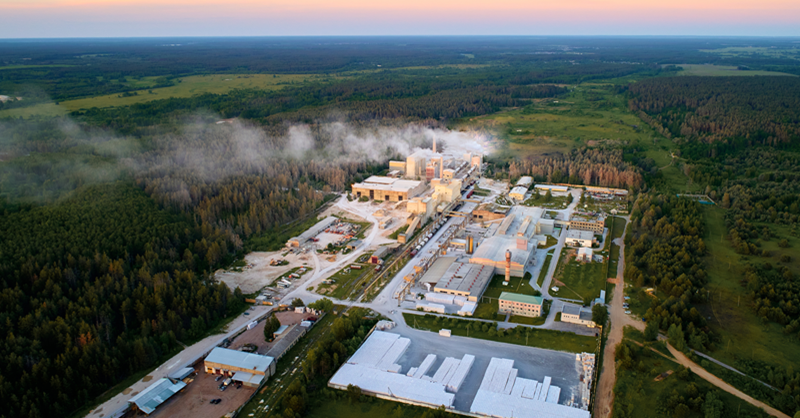
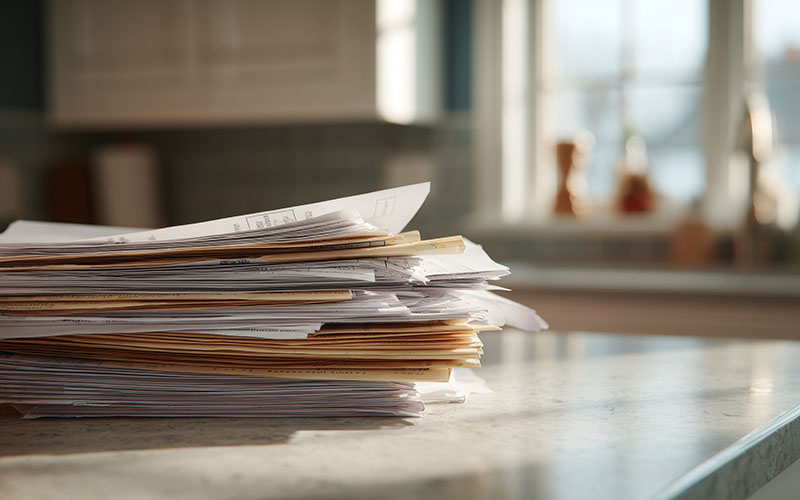


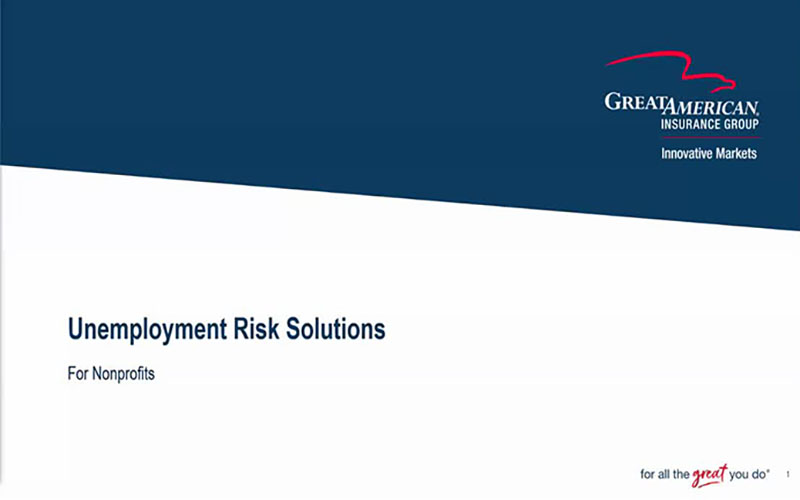


.jpeg?sfvrsn=dbf923b1_1)



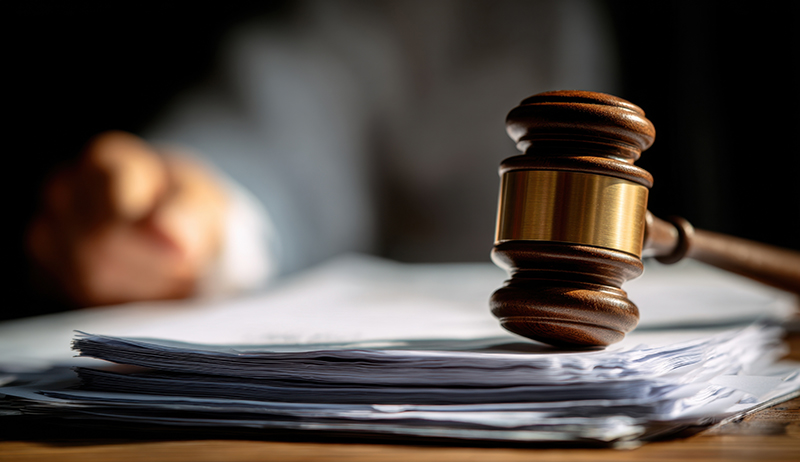
.jpeg?sfvrsn=c50521b1_1)